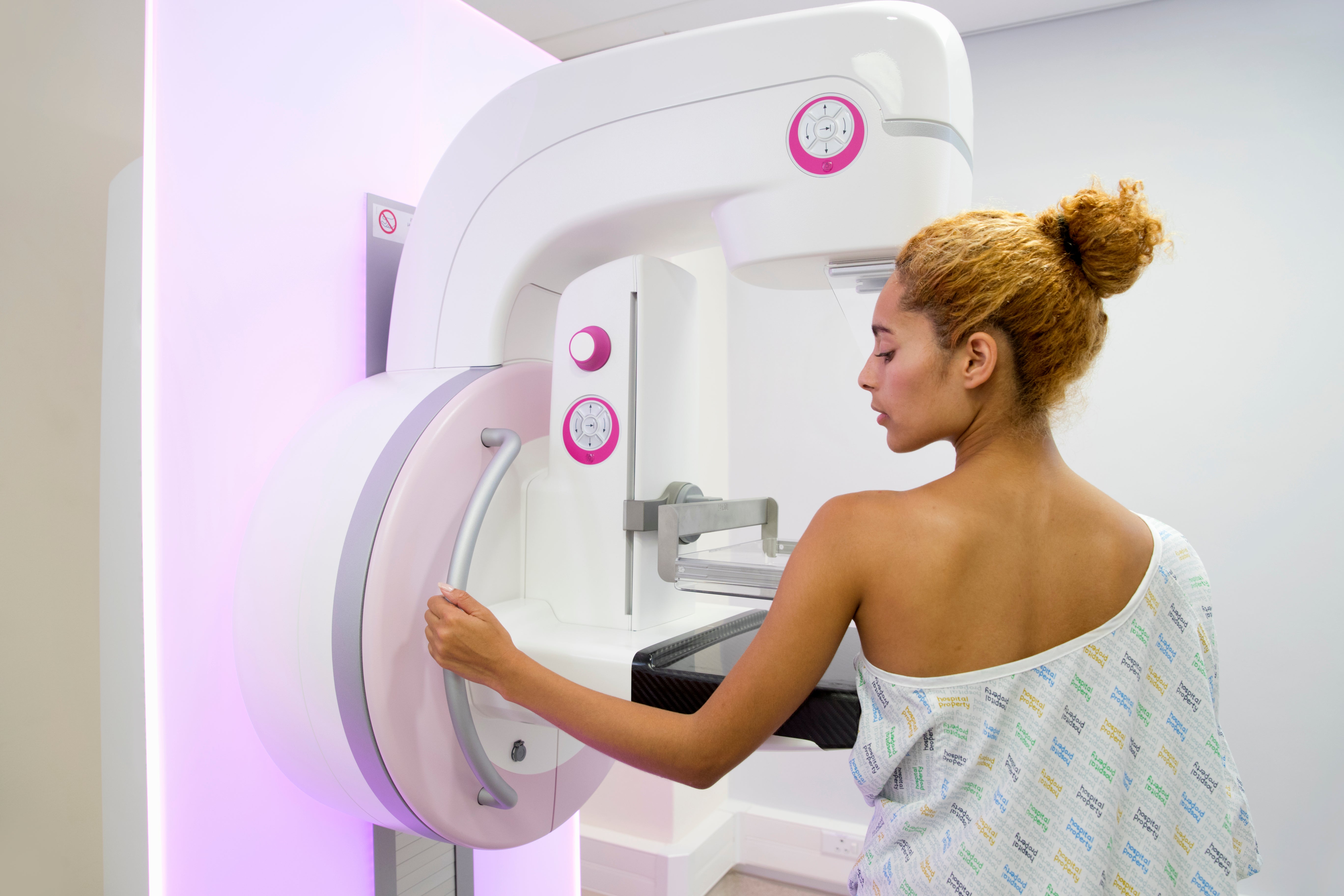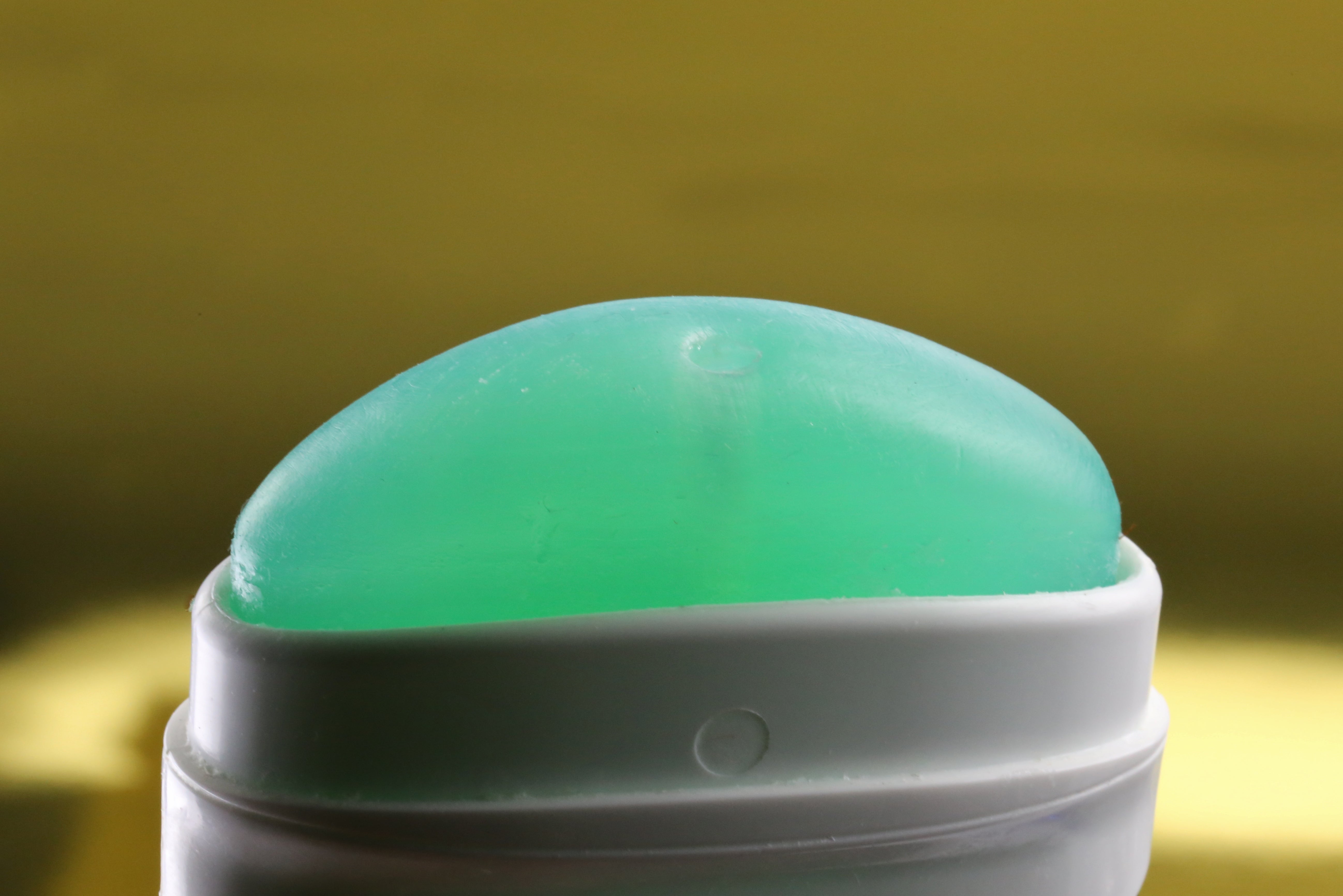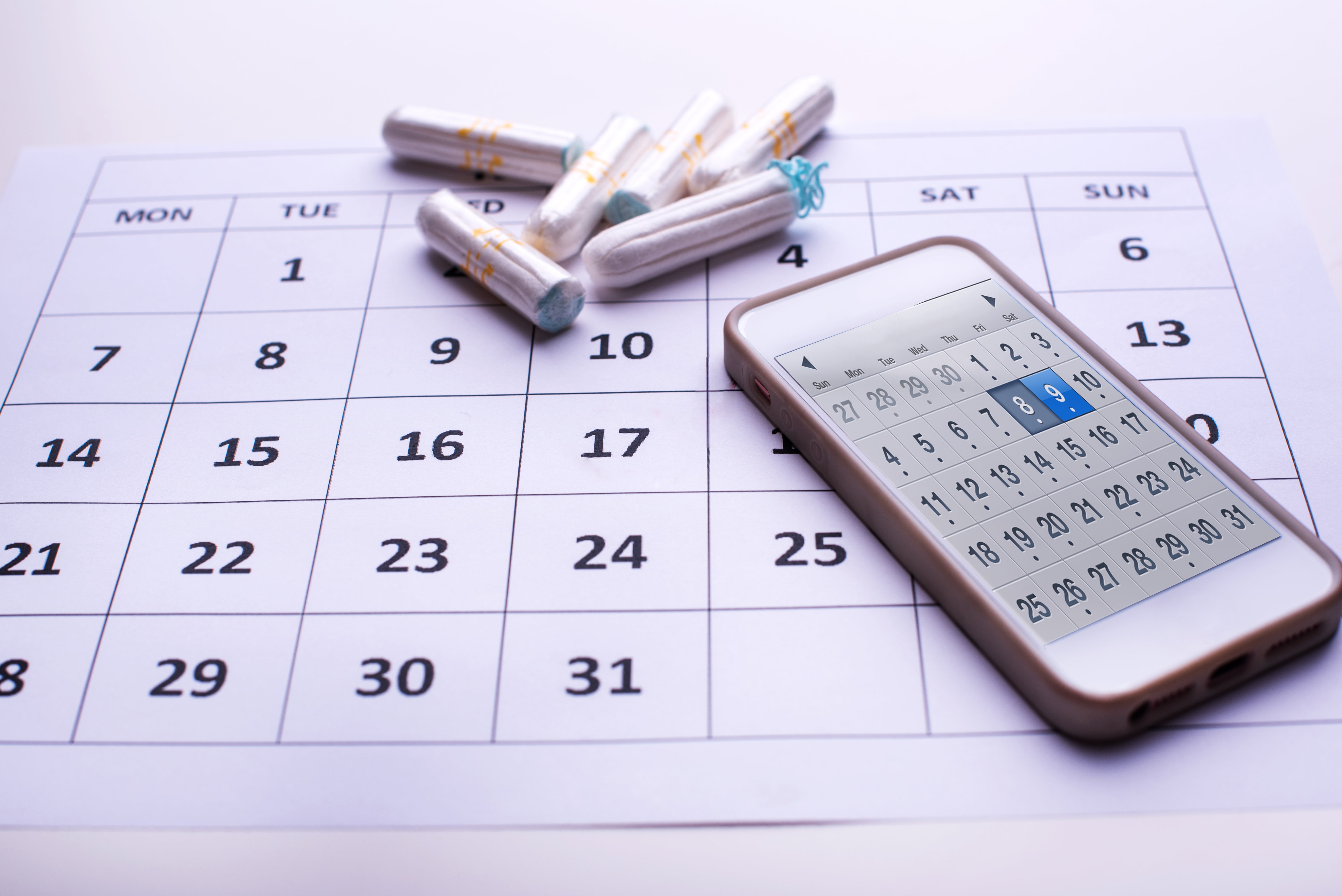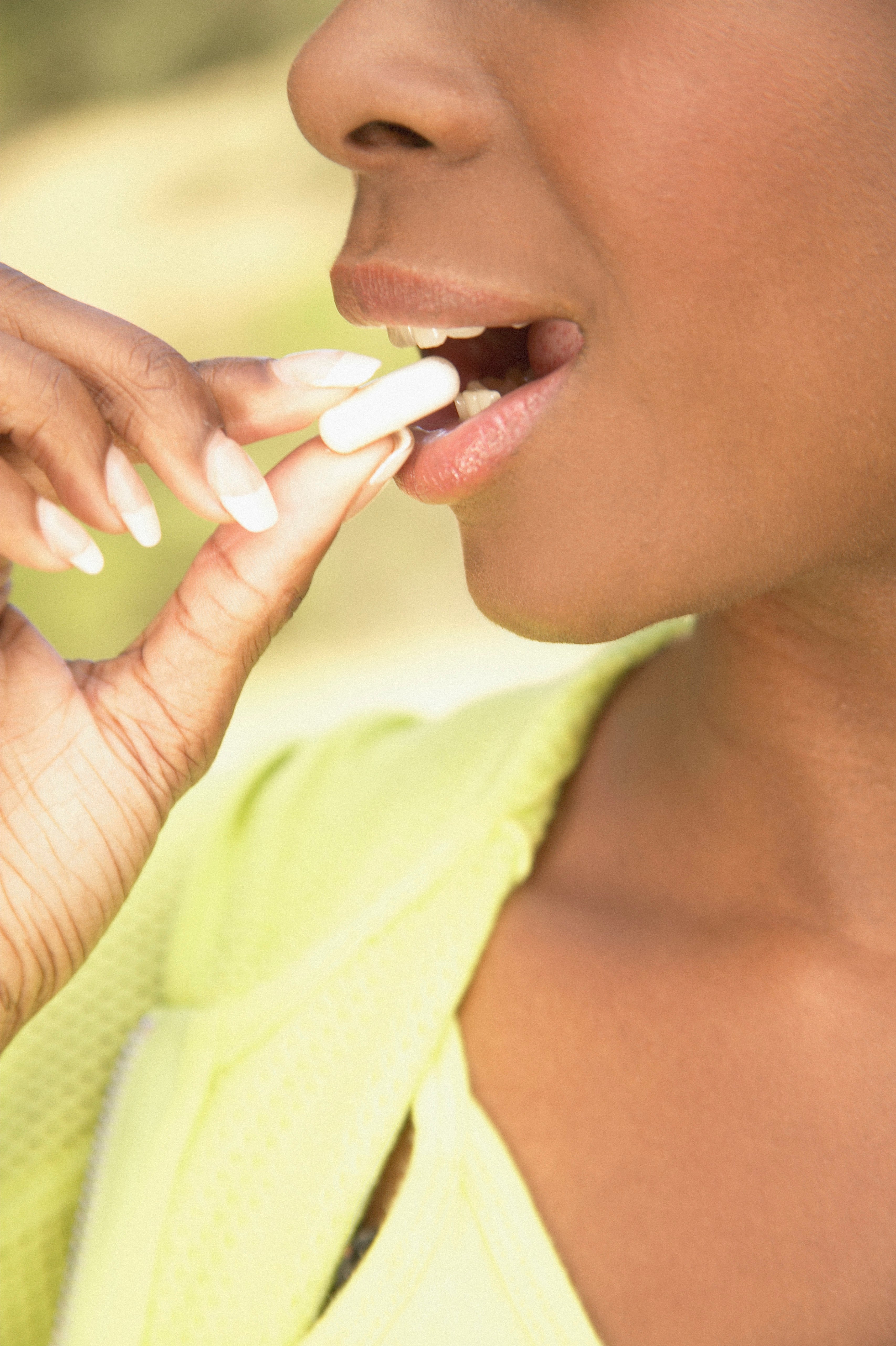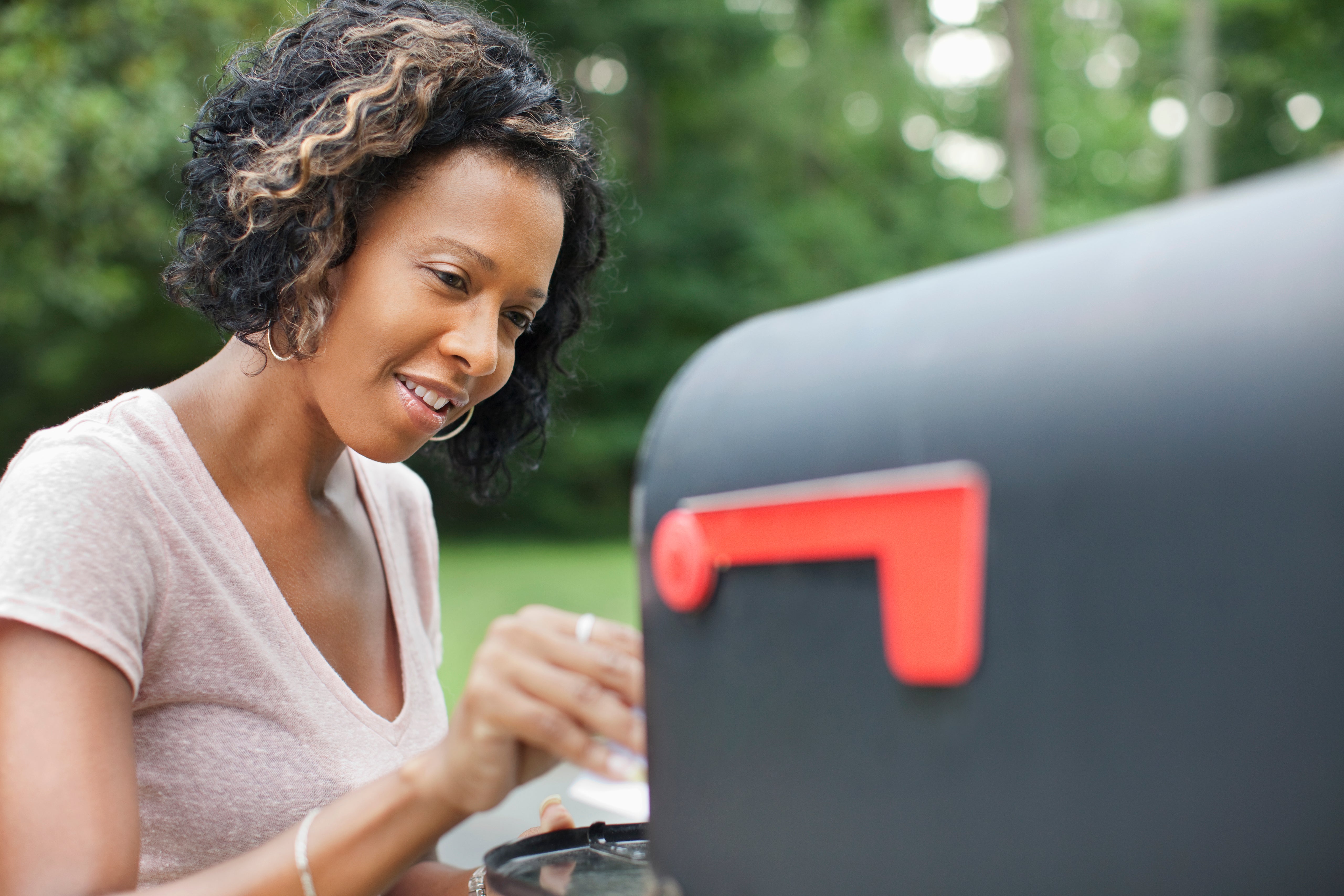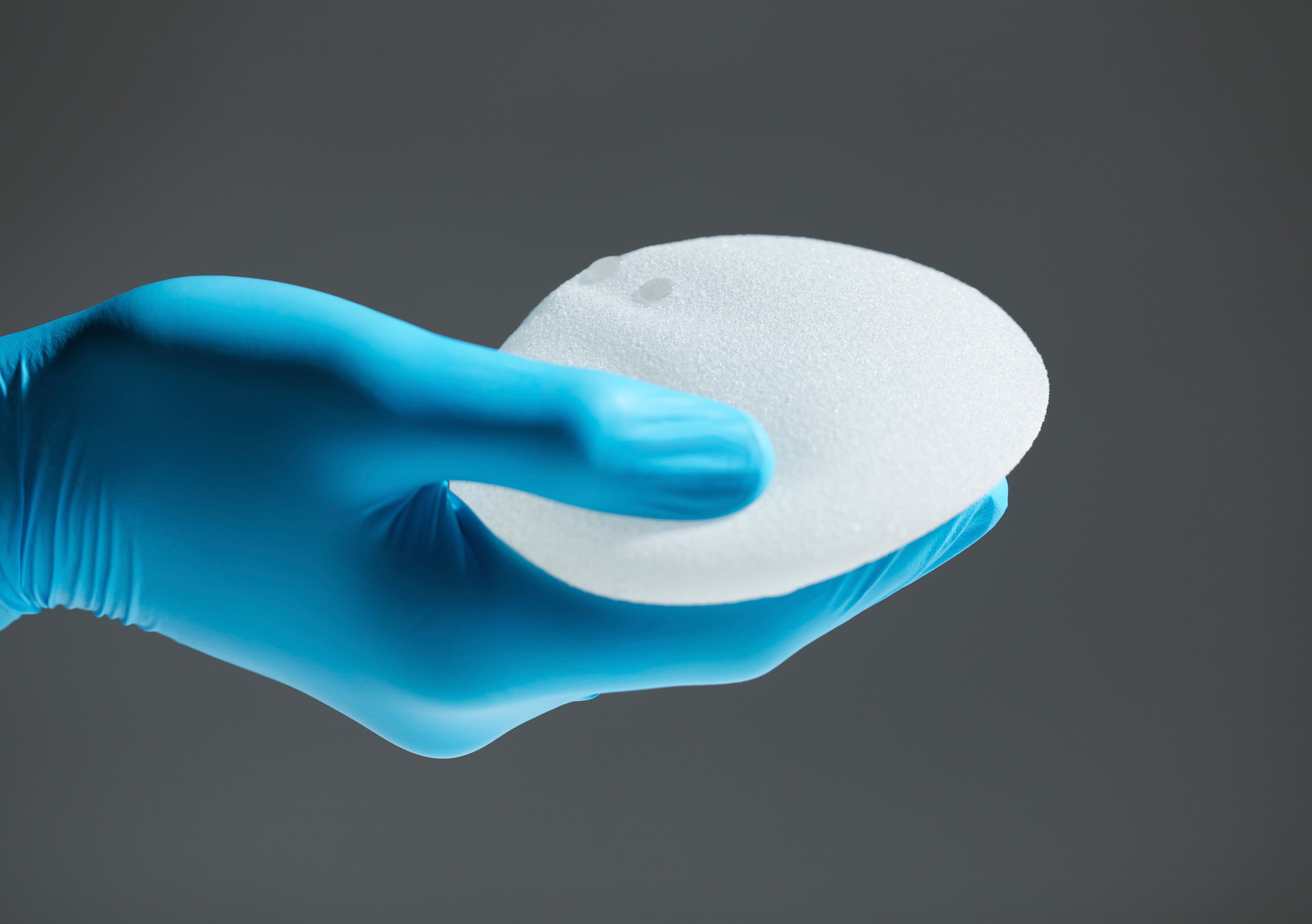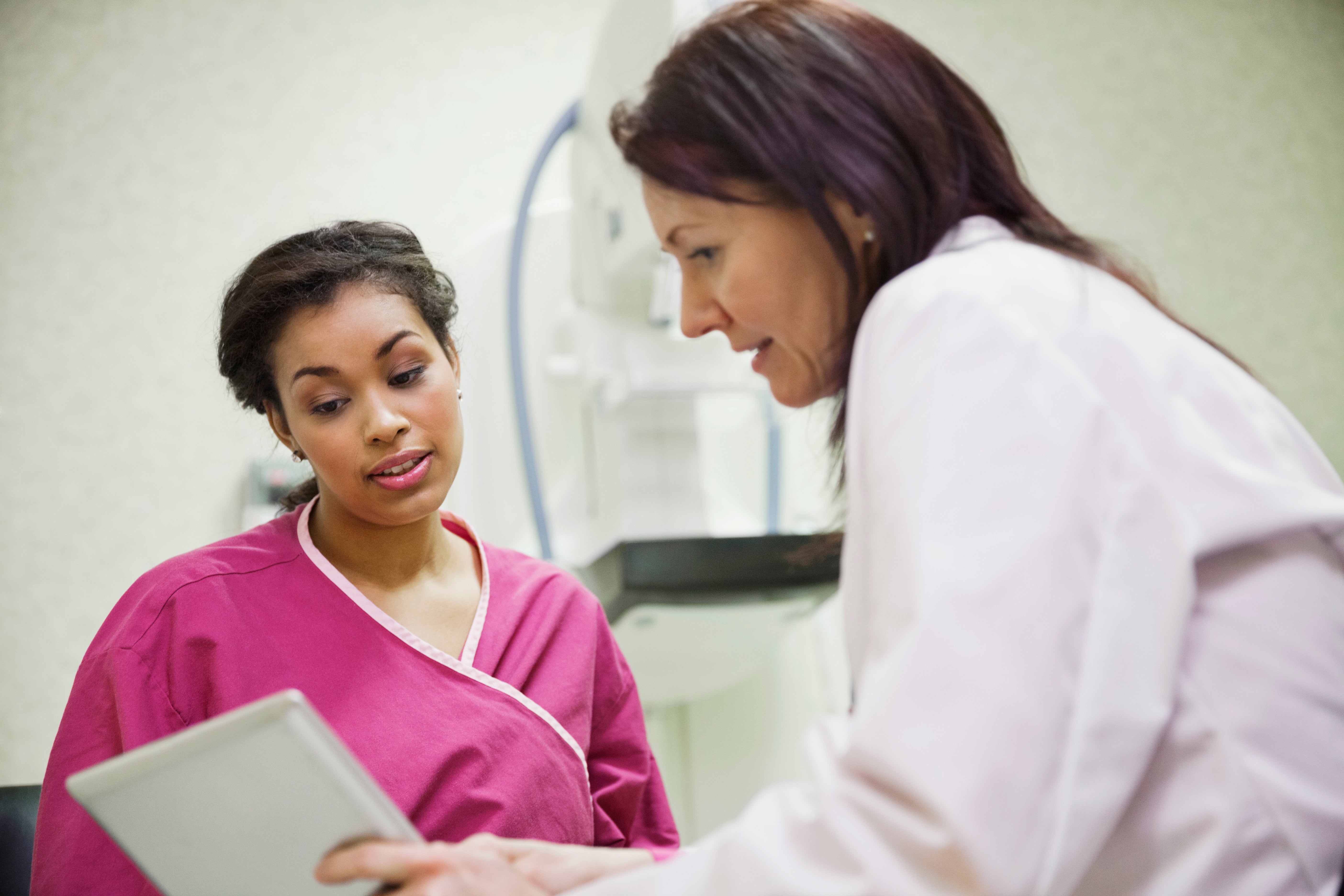This feature originally appeared on health.com.
Before your first mammogram, you’re sure to have questions about the procedure, which involves getting a series of X-rays of breast tissue to screen for breast problems. Many women associate mammograms with a breast cancer diagnosis and therefore fear them and put off appointments. But they shouldn’t: The American Cancer Society notes that a relatively small number of mammograms, between two and four out of every 1,000, result in a diagnosis of breast cancer, and these appointments can be key to detecting breast cancer early.
Different organizations recommend different guidelines for the age at which a woman should begin getting mammograms and how often she should be screened. Many women get their first mammogram at 40, but you should talk to your doctor about your breast cancer risk and what screening routine is right for you.
To help you overcome your mammogram worries and take control of your breast health, we reached out to radiologists who read mammograms every day. Here, they share everything you should know before you get your first mammogram, from how to find a facility to what to bring.
While smelling as fresh as a daisy is the ideal, aluminum in deodorant can seriously alter your mammogram results. “Deodorant shows up on a mammogram as white spots, and they look very similar and indistinguishable from spots that are cancer,” says Laurie Margolies, MD, a radiologist at Mount Sinai Health System in New York City.
Although you’re not applying deodorant directly to your breasts, mammograms take images from under the armpits too. Any products in that vicinity can mar a screening.
If you forgot to lay off the antiperspirant pre-mammogram, your technologist or radiologist will ask you to wash off the product so they can retake the images and get a clearer picture. Some offices that offer mammograms may also provide wet wipes in their changing rooms, so you can wipe off your deodorant before getting screened.
Breasts tend to be most sensitive leading up to and during menstruation. Since a mammogram involves sticking your boobs between two plates and flattening the tissue, doing so with hypersensitive breasts tends to be uncomfortable.
“Schedule it a week after you finish your period. That’s when hormones are most stable,” suggests Mitva Patel, MD, a breast radiologist at the Ohio State University Wexner Medical Center in Columbus, Ohio.
“You should choose a certified mammogram facility and even better, a Center of Excellence,” says Dr. Patel. Certified centers follow a mandatory accreditation program, while Centers of Excellence go through additional voluntary accreditation processes, as determined by the American College of Radiology. These validated centers read breast mammograms daily, so you know you’re getting a proper screening when it comes to procedure and results.
“There’s a difference between someone who occasionally reads a mammogram and someone who only reads breast imaging all day because you get better at it,” notes Dr. Patel.
To find a certified facility or a Center of Excellence near you, use the American College of Radiology’s handy search tool.
At your appointment, the doctor will ask about your family history of breast cancer, since having relatives with the disease can increase your chances of developing breast cancer yourself.
Even if no one in your family has had breast cancer, it’s important to get your mammogram. Just 5% to 10% of breast cancers are thought to be hereditary, according to the American Cancer Society, so plenty of women with no family history get breast cancer. The doctor can go over any other risk factors for breast cancer that you might have, like your alcohol intake or your weight.
According to Dr. Patel, mammogram appointments are relatively fast, taking between 15 and 30 minutes for a routine screening. After you check in at the office, you’ll change into a gown, removing your top for the imaging. The technologist will usually take four images—one of each breast compressed from the top down and one of each breast at a side view. “Places mostly have digital images so they’ll pop onto the screen and the technologist will look at them and repeat if the quality isn’t good,” Dr. Patel says.
You’ll head home or off to work and the radiologist will read your mammogram later in the day or the following day. If your mammogram isn’t a screening but is a diagnostic mammogram to get a closer look at a specific issue like discharge or a lump, the radiologist will read your images immediately following the appointment.
“All centers are required to send you a letter,” notes Dr. Patel. The letter will use easy-to-understand terms to explain the findings of your screening and tell you the next steps. If your screening is all clear, the letter will advise you on when to return for your next check.
If a lump or a mass is detected, your doctor may call within a few days to ask you to return to the office for more images. In some cases, the radiologist may be able to advise you on what to do next during your mammogram. “They [can] say if everything looks fine, if you need a tissue sample, or if it’s probably fine and [you can] come back in six months to be safe,” says Dr. Patel.
For women with breast implants, the purpose of a mammogram is two-fold, notes Dr. Patel. “We can check the integrity of the implant using the imaging,” in addition to screening for breast cancer.
After looking at the implants, the mammogram technician can shift them out of the picture to get a better view of the breast tissue surrounding them. You’ll get more images than the four a woman without implants would, but the mammogram is a way to ensure your breasts—au natural or not—are safe.
To get our top stories delivered to your inbox, sign up for the HEALTH newsletter
Not only do mammograms provide peace of mind, they also can catch breast cancer at early stages, which makes it easier to treat. Still dreading your first visit? Make it a party, Dr. Margolies suggests. “Some women will come in and get their mammograms together then go out to lunch after,” she says. “Whatever gets you to go.”
